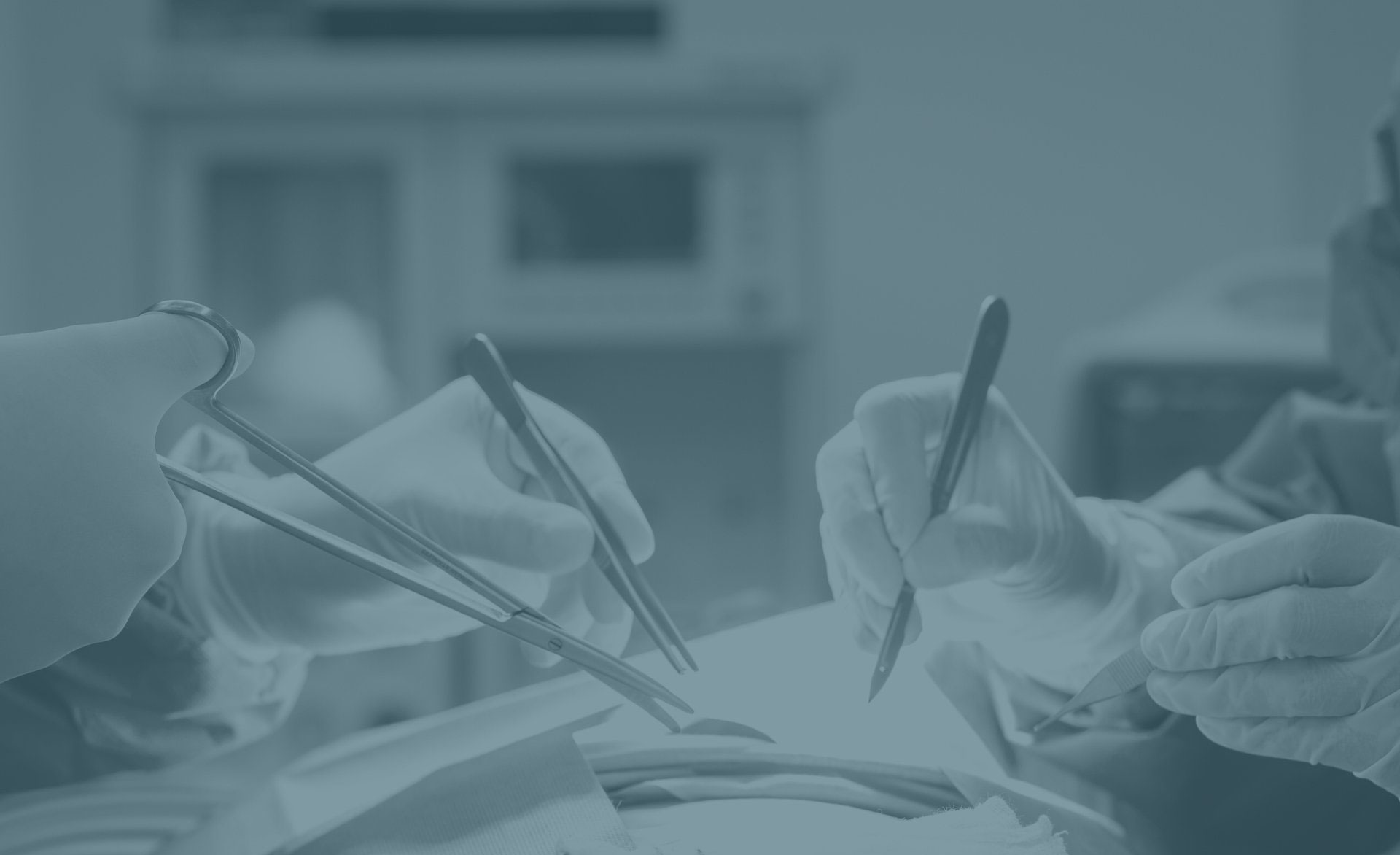Prof McGuire’s
Orthopaedic Services
Rotator Cuff Tears and Tendonitis
The shoulder is a very complex ball and socket joint which allows for a very large range of motion in all directions. The rotator cuff is the main muscle complex that moves the shoulder. The rotator cuff is made up of four muscles – supraspinatus, infraspinatus, subscapularis and teres minor. The rotator cuff muscles originate from the shoulder blade or scapula. The muscle then becomes tendon, and the tendon attaches onto the greater tuberosity, which is the top part of the humerus bone. The bone right on the top of the shoulder is called the acromion.
When lifting your arm sideways or forwards, the greater tuberosity of the humerus comes into close contact with the acromion. When this happens, the rotator cuff tendons can be pinched between the greater tuberosity and the acromion. This is called impingement. There is a shock-absorbing cushion on the top of the rotator cuff tendons which protects them against this. This structure is called a bursa. Occasionally with injury or overuse, this bursa can become inflamed, which is called bursitis.
Bursitis and impingement of a shoulder are very common. Typically this results in pain when lifting the arm above the horizontal or when reaching behind you. Often you are unable to sleep on that side at night. Management is always conservative, to begin with, and the vast majority get better without any surgery. Conservative management of bursitis of the shoulder involves rehabilitation with a physiotherapist and a corticosteroid injection. Usually, with a period of rehabilitation and an injection or two, the pain resolves.
When bursitis or impingement is more chronic, or if someone has degenerative rotator cuff tendons, this can progress to a partial rotator cuff tear or a complete tear. Partial rotator cuff tendon tears are usually treated in the same way as bursitis or impingement, usually with good results. If there is a full-thickness or complete rotator cuff tear, the tendon pulls away from the bone and cannot heal itself. In low demand or sedentary individuals, this can be managed with rehab and corticosteroid injections. In someone more active and higher demand, Prof McGuire may recommend rotator cuff surgery to repair the torn tendon.
If a rotator cuff repair is required, this can be done arthroscopically (key-hole surgery) where a small camera is placed inside the joint, and the torn rotator cuff is then repaired through small skin incisions. The advantages of this technique are that there are virtually no scars, and rehabilitation is quicker and easier. The recovery is still quite long after a rotator cuff repair surgery though and requires a lot of physiotherapy.

